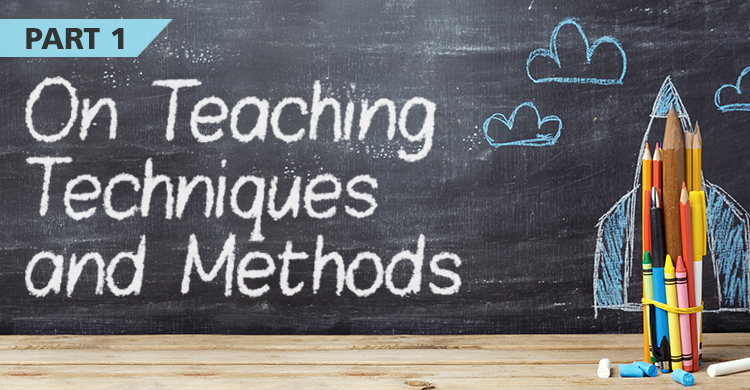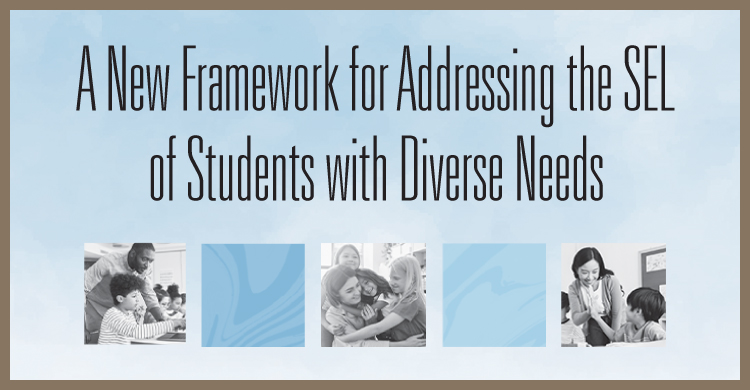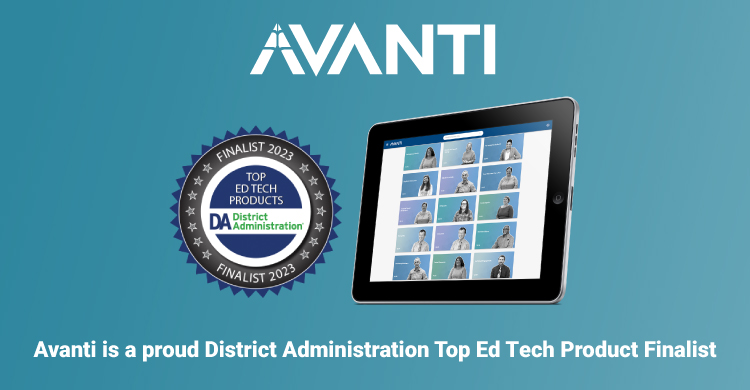If you’re thinking, “What is a problem scenario?” let’s start at the beginning. As part of the 21st Century curriculum, teachers are beginning to move toward inquiry learning, with problem-based learning, project-based and service learning models. The inspiration for this change in curricular approaches comes from a focus on 21st Century skills of the 4 Cs: critical and creative thinking, peer collaboration and ongoing classroom communications (Bellanca, Fogarty, Pete, 2012).
In addition, the use of problem scenarios or performance tasks (Fogarty, 2001) illuminates what students know, but also, they demonstrate more evidence-based behaviors and artifacts of what they are able to do. This robust endeavor provides multiple sources that are visible examples of learning.
As this shift toward robust, rigorous assignments and assessments is occurring, teachers are using problem scenarios to frame the learning as inquiries for student investigation, exploration, and experimentation. The problem scenarios are compelling to kids because they set up situations with specific stakeholder roles with a point of view that students assume as they go about solving the problems or performing the task(s).To illustrate problem scenarios or performance tasks, they can be simple challenges or more complex ones, but they all present dilemmas for students to address.
Simple Problem Scenarios
- You are… you! You have $200 to spend to redecorate your room.
You will…submit a decorating plan in narrative, a list of materials and measurements, a budget, a comparative price chart, and a photo of your completed project (or drawing of your projected redecorated room). - You are…a fifth grade teacher helping your student teams plan a fashion show for kindergartners, demonstrating proper clothing for various weather conditions as they learn about the weather elements.
You will…have student teams select a weather element and complete the following: submit a paragraph of the results of an online search of the conditions that accompany that weather element; provide an illustration of appropriate clothing items for boys and girls; and be prepared with two models showing the clothing in the fashion show.
More Complex Problem Scenarios
- You are… a seventh grader on the Student Council who has been asked to report on the concept of year-round schools. You must present your findings, with both positive and negative aspects, five research summaries, evidence of community responses, and relevant conclusions.
- You are… an eighth grader doing a civic unit with the Park District, using a service-learning approach. With a mandate from the mayor and the village board to deal with the prevalence of graffiti throughout the community.
You will…submit finding from investigating this concern on a field trip around the neighborhood, presenting a Graffiti Map of troublesome locations, and present a plan of action for providing the Graffiti Clean-up Volunteer Service to the community Park District.
The magnetic effect these scenarios have on students of all ages is easy to see, and the impact on student motivation, initiative, and ownership is remarkable. To try a problem scenario with your group, here is an easy to use instruction guide for writing your own. Try it with your grade level or department team, too. And, by all means, eventually, have students develop their own problem scenarios around issues of interest or curricular topics from the scope and sequence of your curriculum.
Easy as 1, 2, 3: How to Write Problem Scenarios
- Identify a Problem Area, Challenge, and Performance Task
Example: Global Warming, Climate Change, and Environmental Watchdog - Select a Stakeholder Role for Point of View:
Example: You are…A botanist, an oil magnate, a rancher, or a news correspondent - Delineate Requirements:
Example: You will…summit visual evidence of climate change, a map of crisis areas, five expert sources, a summary of the findings, and a three minute Public Service Address to be aired throughout the school.
In closing, once a faculty shifts toward problem scenarios and inquiry learning approaches to curricular and instructional content, they soon discover the power of collaborating and archiving these lively curricular pieces. It is a refreshing way for students to address topics that initially seem boring or uninteresting. As stakeholders, they really get into the role and may even become adamant about their particular point of view. This can lead to lots of fruitful communications as different teams present their perspectives. It puts a fresh glow on the subject matter as students explore, present, and interact with each other in meaningful conversations.
Final Note
Problem Scenarios are terrific fodder for Professional Learning Communities as teachers tackle problem solving with their instructional and assessment issues. It has a little different twist from the problem scenario the students use as inquiry learning. This adult model is focused more on collaborative problem solving. It begins with You are…but ends with, What will you do? Here are a few examples that teacher teams have discussed and debriefed, offering at least three alternative solutions.
Professional Learning Example
- Pacing Problems
You are…a sixth grade math teacher bound by the districts pacing guide. Not far into the semester, you realize that as you keep to the designated pace, you have more and more kids falling behind. You are new at this grade level and do not know the new material enough to know the true priorities, the power standards. What will you do? - Too Much Test Prep
You are…a member of the third grade team and have been discussing the frustration voiced by kids, parents, and teachers, over the amount of time spent on preparing for the test. While everyone knows it is high stakes testing, they know that the teaching and learning suffer with these assessment-driven days. What will you do?
Resources:
Fogarty, R. (2001) Problem Based Learning and Other Curricular Models for the MI Classroom. Thousands Oaks, CA: Corwin Press.
Fogarty, R. & B. Pete. (2010) From Staff Room to Classroom: Planning and Coaching Professional Learning. Thousands Oaks, CA: Corwin Press.
Bellanca, J. Fogarty, R. & B. Pete. (2012) How to Teach Students Thinking Skills within the Common Core: 7 Student Proficiencies of the New National Standards. Solution Tree Press.
[author_bio id=”341″]
[author_bio id=”53″]






